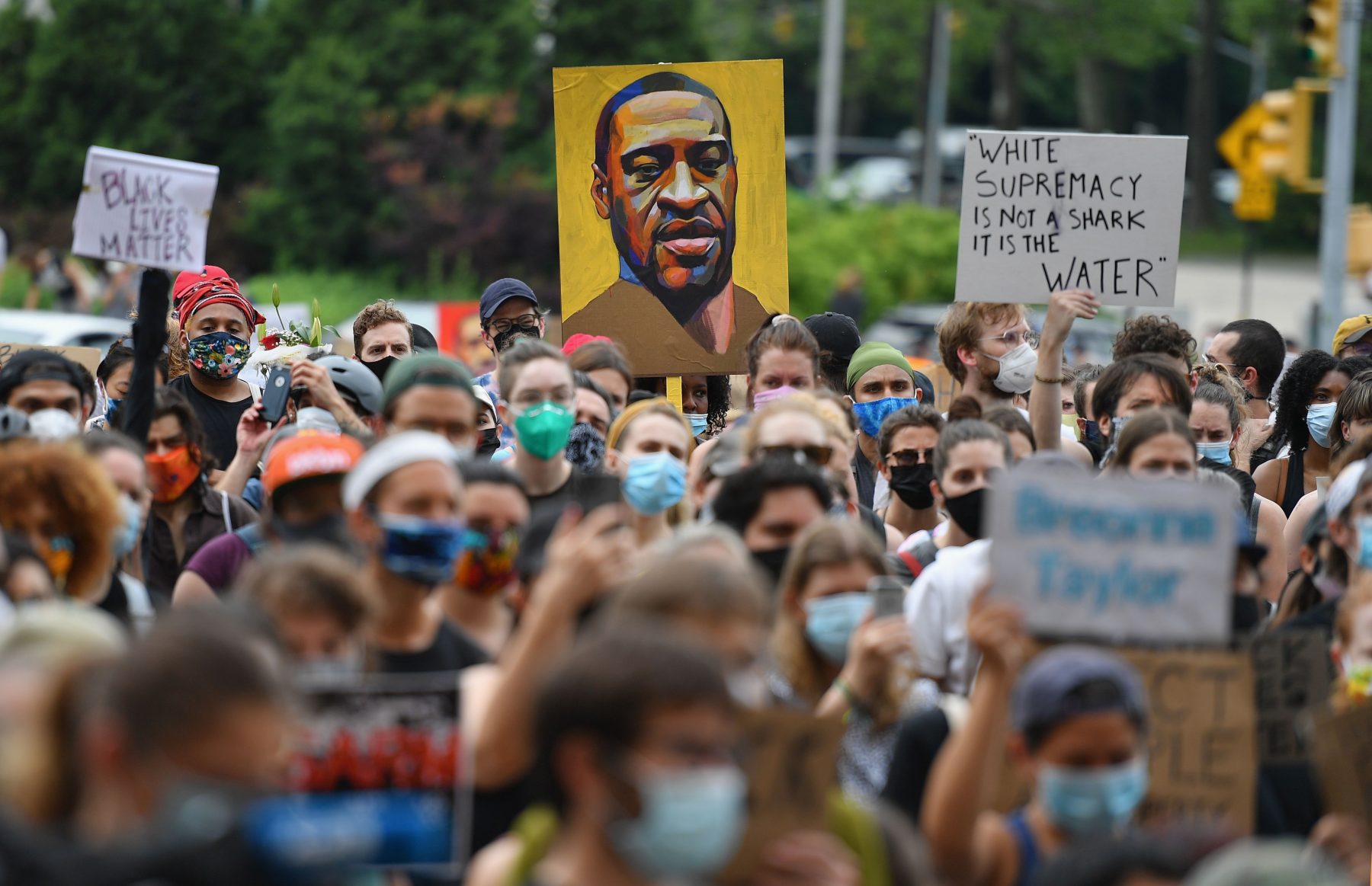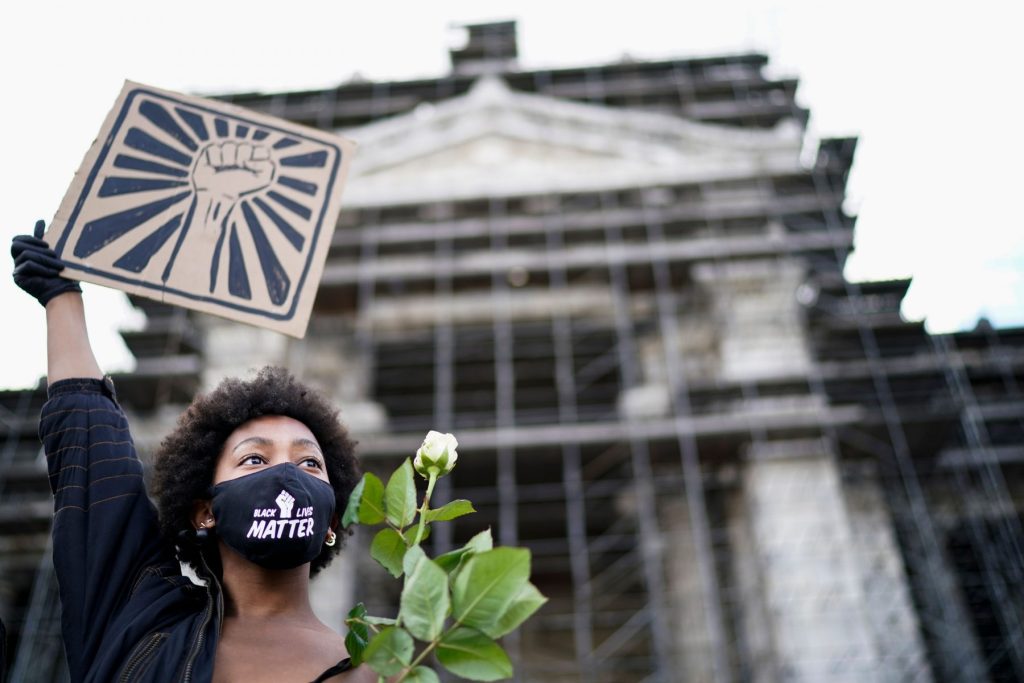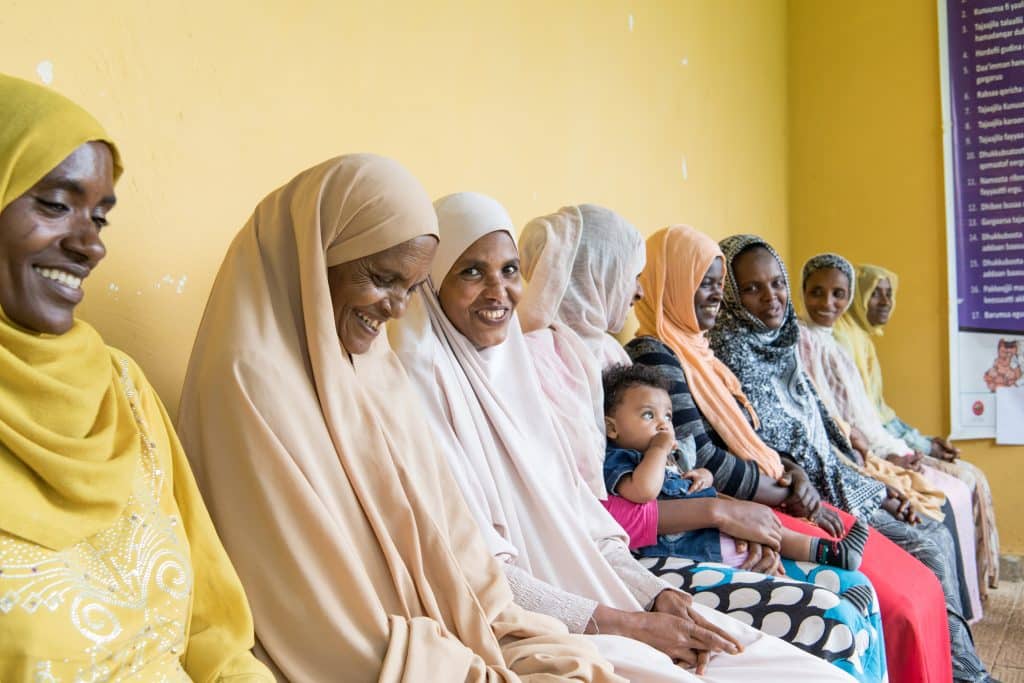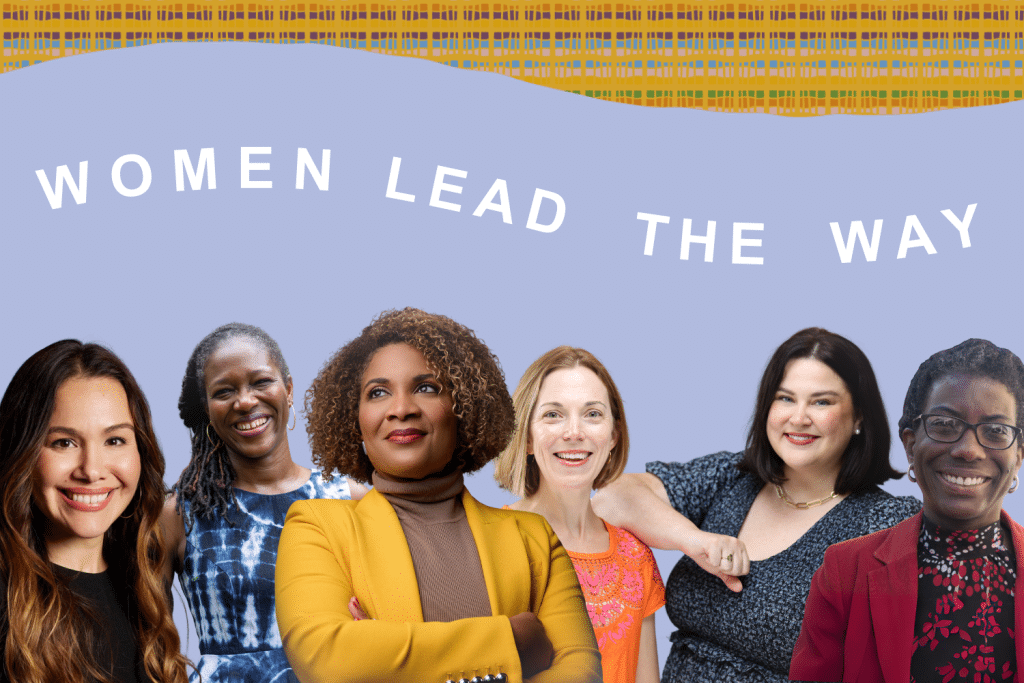Part 2: A conversation with Solidaire Network’s Rajasvini Bhansali about how philanthropy can show up in service to building movements for justice and equity.
This blog post is a continuation of the conversation between the Packard Foundation’s Carlin Johnson Politzer and Solidaire Network’s Rajasvini Bhansali about the work of Solidaire Network and what Bhansali and her team have gathered about the importance of partnership and trust in philanthropy and movement building. Read Part 1 here.
As part of the Packard Foundation’s commitment to racial justice and equity, we have joined with Solidaire Network in providing $20 million to the Black Liberation Pooled Fund, which allocates grant funding to primarily Black-led multiracial organizations around the country working for social change.
Please note: the interview has been edited for length and clarity.
Politzer: Talk about giving beyond the check. It’s really approaching this work and this grantmaking in a holistic way and thinking about the grantee beyond the dollars that are being sent to them. The next phase of funding from the Black Liberation Pooled Fund is centered on the idea of investing in the Black movement ecosystem. Can you talk a bit about what you mean by Black movement ecosystem and some of the elements of that work?
Bhansali: Yes, this is where my heart really soars, and I feel really excited. If there’s one thing we have seen a tremendous amount of in the last several years, it’s been the power of Black genius and Black creativity — not only in resisting racism, White supremacy, and oppression, but also in the midst of it, creating a future that actually liberates all of us. Many of the ideas that are being gestated in Black communities all around the United States are incredible solutions that the world needs. And they’re intersectional. They are in fact, solutions that handle the climate crisis, solutions that make livelihoods and sustainable economies possible, solutions that actually work at the intersection of gender justice and democracy preservation.
It’s often the work that’s the most direly under resourced. The last statistic I saw was that less than 2% of philanthropic dollars goes to support that work. Even less than that, less than 1%, actually goes towards Black-led organizing, Black-led solution-making. And so, of course, we never see these solutions at scale, because we’ve chronically under invested and under resourced it. So, this moment feels really important for us to not continue to replicate those mistakes of the past or be passive in our approach. We absolutely, fundamentally need to invest at scale if we want these solutions to save us all.
That’s what the Black Liberation Pooled Fund is seeking to do. We have formulated a Movement Oversight Committee whose job is less to conduct due diligence or rank applications but much more to give us a state of play overall. What is happening in this broad ecosystem? This is an ecosystem that’s evolving faster than any of us in philanthropy can keep up. Every single day, there are new proposals at play, new formations, new structures being created by young Black folks that we don’t even get to hear about — artists, cultural workers, Black farmers are part of the movement in an unprecedented way. We really do need every sector represented in our Committee to make sure that we’re keeping a broad view.
And then making the application process really simple because we want to learn. Sometimes when we make our criteria really restrictive, what happens is we try to make a square peg fill fit a round hole. If we keep our questions open-ended, we know it’s more work for our program officers (we call them the Movement Partnerships and Grantmaking Practitioners). It’s more work for our Practitioners to learn and do the proper due diligence. But it makes it less restrictive for the grant seeker.
Politzer: Can you share with us a little bit more about the impetus that you had for creating the Movement Oversight Committee and how it reflects Solidaire’s commitment to trust-based philanthropy, ensuring that the needs of communities you serve are being adequately addressed? I think that’s a really important piece of this.
Bhansali: It is. Solidaire has always tried to practice grantmaking in a way that holds us deeply accountable. We go to our past grantees and our movement leaders regularly several times a year for learning and evaluation because of the trust we’ve already built. By showing up responsively and in right relationship — which means not extracting knowledge from the communities that we seek to serve but being a partner — we trust that, when they articulate their needs, that it’s based on a process of community assessment.
By showing up responsively and in right relationship — which means not extracting knowledge from the communities that we seek to serve but being a partner — we trust that, when they articulate their needs, that it’s based on a process of community assessment.
Also, we seek to be in partnership. We look to advise and support strategies for resource mobilization that doesn’t just continue to increase dependency on philanthropy but helps think creatively about resource mobilization from the people that movements are seeking to build power with. What helps build trust is consistent practice. It’s like in any other relationship. We trust the people that consistently show up and do what they say they will, who are listening, learning, truly evolving, and trying not to have hidden agendas or exploit the very people that they seek to serve — which is a phenomenon, especially when it comes to Black and Indigenous leadership and their relationship with philanthropy in the United States.
What helps build trust is consistent practice. It’s like in any other relationship. We trust the people that consistently show up and do what they say they will, who are listening, learning, truly evolving, and trying not to have hidden agendas or exploit the very people that they seek to serve.
Another role we play is for the grantee partner to deploy us effectively. We have a particular point of view. We have a particular influence and power within philanthropy, and when it’s useful for a movement to ask us to play a particular influencing and leveraging role, we’re happy to do that as staff and as a donor network.
So why the Movement Oversight Committee? It is to actually deepen our mechanisms of accountability and to ensure that both our philanthropy organizing and donor organizing strategies, as well as our grantmaking strategies, are rooted in what’s actually needed. Often a critique that’s levied at philanthropy is that we tend to use movements and grantees, nonprofit grantees at large, as proxies and subcontractors. We have our own set of plans, and then we want them enacted through people we find. When you’re a movement funder, it’s a completely different orientation. We allow a lot of room for adaptability and pivots in our grantmaking strategies to really meet what movement is asking for. The strategies that we deploy are guided by what’s happening in the front lines.
Politzer: Yes, and that’s been well demonstrated through what you’ve described so far. As you look to the year ahead, how do you see Solidaire Network’s grantmaking work evolving and what are your hopes and visions for mobilizing resources in support of and in solidarity with grassroots organizers?
Bhansali: Well, I’m really looking forward to having a moment to catch our breath now that we are not being led by an administration that fuels so much hatefulness. I have great hopes for a progressive governance era ahead of us with our movements driving the agenda for policy changes. And I’m really clear that anything we see transforming in the political landscape, movement brought us that. We got to this moment, because people have been working for years, especially the last four years, to get us to this moment where we get to advance on just policies and just legislations that actually serve the people of this country and results in material benefits for people who have been left most disenfranchised.
We got to this moment, because people have been working for years, especially the last four years, to get us to this moment where we get to advance on just policies and just legislations that actually serve the people of this country and results in material benefits for people who have been left most disenfranchised.
Because of the scale at which our social movements in the United States are growing, because of the cultural and narrative power shift around Black lives, Indigenous sovereignty, the importance of people of color and immigrant communities actually leading, we find ourselves in a moment where there’s been a real reckoning with all the disinvestment of the past. Had we been investing in building movement infrastructure at the scale at which we are being called to do, over the last 20 years, we would not be facing quite the level of repression we have faced. We would not have been at the brink of authoritarianism or fascism in the country. We would have actually been in a place where we could mitigate a pandemic with a good public health system. We could have mitigated many of the political crises with the leadership of BIPOC folks. But because there has been chronic disinvestment in the fundamental movement infrastructure needed to build power, we are in a position where we are scrambling to bolster.
So, I feel really excited about Solidaire’s capacity to be able to move an unprecedented scale of resources and solidarity to the movements. What has happened in the last nine months is what I had planned for us to do for the next five years. So, not only did Packard Foundation show up and invest at scale in the Black Liberation Pooled Fund, you also invested in Solidaire’s infrastructure to be able to meet the movement moments as they arise. Since we find ourselves in this incredibly strengthened place of capacity and infrastructure now, we can just escalate our plans. We can get to that billion-dollar Theory of Liberation — not in ten years, but hopefully in three. I’m already seeing the signs that we could.








